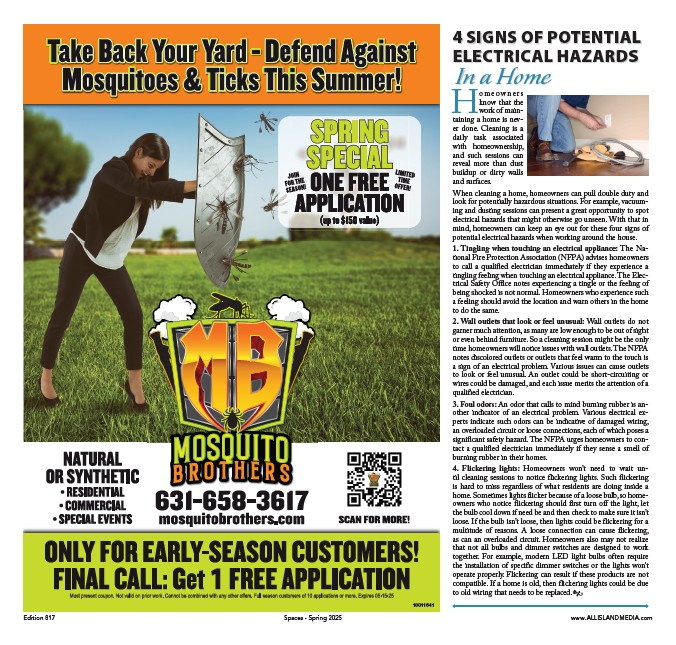
HEALTHQUEST
VITAMINS
• Health & Fitness
• Beauty & Haircare
• Travel
• Self Care
• Professional Staff
SYOSSET
565 Jericho Turnpike
Next to Marshalls
20%
516-802-5400
HealthQuestVitamins.com
off 20%
HOURS:
OPEN 7 DAYS
Mon-Fri 9-7,
Sat 9-5, Sun 11-5
Any One Item Any One Item Any One Item
NOW - 12/31 1/1 - 1/31 2/1 - 2/28
HEALTHQUEST VITAMINS
Some Exclusions Apply Some Exclusions Apply Some Exclusions Apply
With this coupon. Cannot be combined with other
offers or promotions. Offer expires 12/31/25. FNS
off 20%
HEALTHQUEST VITAMINS HEALTHQUEST VITAMINS
With this coupon. Cannot be combined with other
offers or promotions. Offer expires 1/31/25. FNS
off
With this coupon. Cannot be combined with other
offers or promotions. Offer expires 2/28/26. FNS
VitaCo reserves the right to restrict or remove sale at anytime
10024080
Top Video Games
For Holiday
Gifting This Year
Gaming remains
a
wildly popular
pastime. According
to TechJury,
more than 3.3 billion
people worldwide
played video
games in 2025, and
gaming is a mainstream
hobby across
•
all generations. Th e
Entertainment Software Association’s 2025 Facts About
the U.S. Video Game Industry report indicates the average
player is 26-years-old and female and male gamers are nearly
evenly split (47 percent versus 52 percent). Baby Boomers
and even older generations also play video games each week
and benefi t from the mental stimulation and relaxation the
hobby off ers.
Given the popularity of gaming, gifting video games for the
holidays can be a smart tactic. Th e following are some 2025
releases that can be wrapped up as gifts this year.
• Donkey Kong Returns HD: Players will blast out of barrels,
ride mine carts, stomp enemies, and more in this popular
game newly imagined for the Nintendo Switch. Players
join Donkey Kong and Diddy Kong on their wild adventures
to retrieve their stolen banana horde.
• Split Fiction: In this game, a player and partner become
Mio and Zoe, two writers who are trapped in a simulation
of their own imaginations after a high-tech attempt to steal
their creative ideas goes awry. Th is unlikely duo will need
to work together in order to escape with their memories
intact from a world fi lled with dragons, trolls, cyber ninjas,
and robo-parking attendants. Th e game is available for
PlayStation 5.
• Star Wars Episode 1: Jedi Power Battles: Video games
often tap into nostalgia, which is perhaps why gamers were
excited to fi nd out that this popular Star Wars game was
being remastered for modern consoles. Th is enables players
to enjoy the original experience with only minor updates
that include a simpler control scheme.
• Citizen Sleeper 2: Starward Vector: Th is role-playing
game is a sequel to the popular game from 2022. Players
control an escaped android with a malfunctioning body, a
price on its head and no memory of the past. Th e goal is to
get a ship, fi nd a crew and take on contracts.
• Doom: Th e Dark Ages: Th is game is a prequel to the popular
Doom experience, including Doom and Doom Eternal.
It tells an epic story, and players inhabit the boots of the
Doom slayer in this medieval and sinister war game.
• Elden Ring: Nightreign: Th is game is a standalone adventure
within the Elden Ring universe. It’s crafted to off er
players a new gaming experience by reimagining the core
attributes of play. Players join forces with others to battle
the creeping night and become heroes.
Edition 817 Holiday Magic 2025 www.ALLISLANDMEDIA.com